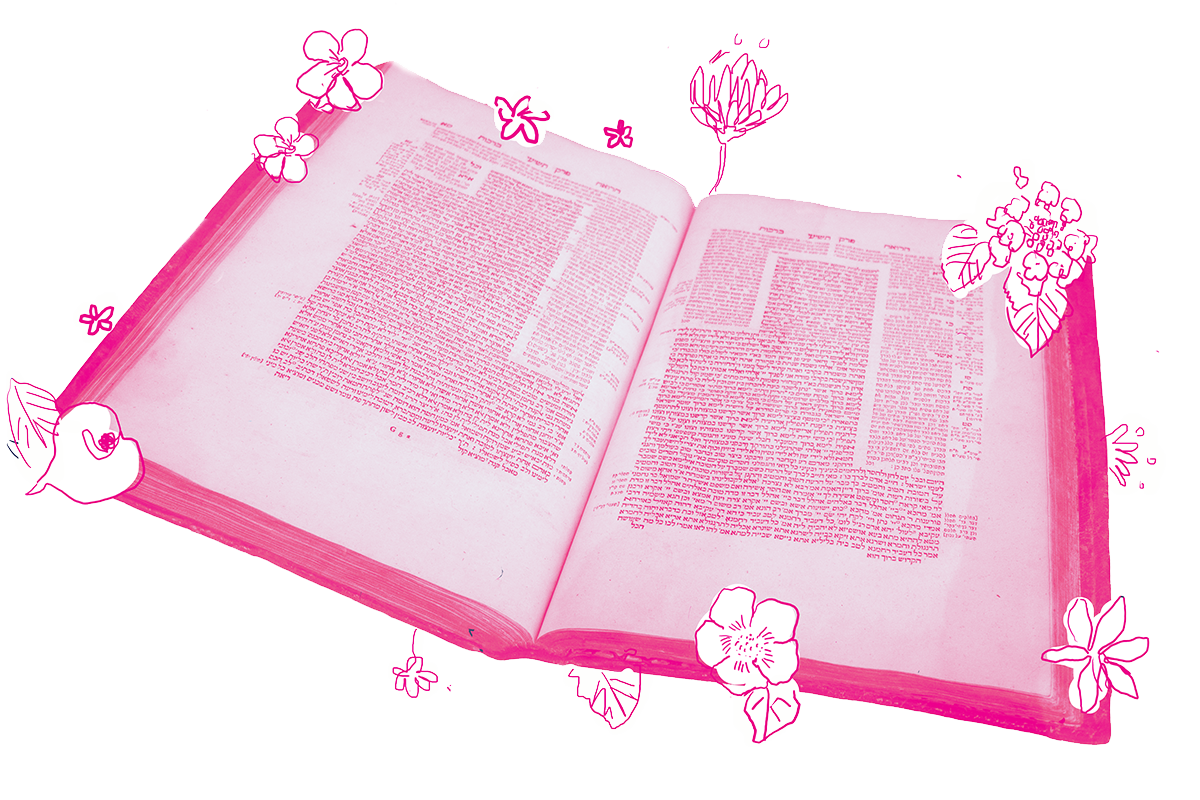I pay my taxes to the government and the government uses that money to build roads and schools and all kinds of public goods. Does that mean that I personally own a stake in all federally built roads in my country? How about its schools and hospitals? Are we all secretly real-estate moguls without even knowing it? That’s the discussion that the mishnah on today’s daf explores.
The context is a discussion of what exactly is included if one vows that someone is prohibited from benefiting from their stuff. The mishnah assumes that personal property falls under the prohibition. But is there other stuff that is considered theirs? According to the mishnah:
It is permitted for both of them to benefit from objects belonging to those who ascended from Babylonia, but it is prohibited for them to benefit from objects of that city.
And what are objects belonging to those who ascended from Babylonia? For example, the Temple Mount and the Temple Courtyards and the water cistern in the middle of the road.

Help us keep Jewish knowledge accessible to millions of people around the world.
Your donation to My Jewish Learning fuels endless journeys of Jewish discovery. With your help, My Jewish Learning can continue to provide nonstop opportunities for learning, connection and growth.
And what are objects of that city? For example, the city square and the bathhouse and the synagogue and the ark and the Torah scrolls.
Local infrastructure is designed to benefit the inhabitants of a specific city and its inhabitants are understood to therefore own a stake in all of it. For the rabbis, the local synagogue, Torah ark and Torah scrolls are all considered essential local infrastructure.
But the other three things listed — the Temple in Jerusalem, its courtyards and public water cisterns — are not meant to benefit only the inhabitants of a particular city (even Jerusalem!). They are used by all Jews when they make a pilgrimage to Jerusalem.
This mishnah concludes that the Temple, its courtyards and the water cisterns of Jerusalem belong to far more than Jerusalem residents; we can’t truly claim an individual has an ownership stake. So people who have vowed not to benefit from one another can still benefit from the Temple. The Temple belongs to no one because it belongs to everyone.
But who exactly is “everyone?” According to the mishnah, those who “ascended from Babylonia.” The phrase “objects that belong to those who ascended from Babylonia” appears only once in the Mishnah — right here. The Talmud only uses the phrase when discussing this exact mishnah. So in order to understand what it means in context, we have to go back further, to events described in the Hebrew Bible.
After the Babylonians destroyed the first Temple in 586 BCE, they deported the Israelite elite, as well as craftsmen, to Babylonia — where they could be easily surveilled. When Cyrus the Great of Persia conquered Babylonia in 539 BCE, he permitted the Jews in Babylonia to return to the land of Israel and rebuild their Temple. And according to the accounts in the biblical books of Ezra and Nehemiah, that’s exactly what at least some of the exiles did.
But careful readers might note that the Babylonians deported only the Israelite elite and craftsmen. The vast majority of Israelites were left in the land of Israel under first Babylonian and then Persian rule. According to Ezra and Nehemiah, when the exiles returned, huge conflicts arose between the two parts of the community — those who had ruled fifty years earlier, and those who had gone on living their lives in their land.
The returned exiles ended up winning the culture wars — after all, according to Ezra and Nehemiah, they had God on their side. But perhaps we see echoes of that conflict on today’s daf. After all, according to the mishnah, the Temple, courtyards, and water cisterns belong not to “all Jews” but to “those who ascended from Babylonia.” It’s also possible that in a world where the returnees had become dominant that phrase was understood to be broadly inclusive. But as this history reminds us, when we think we’re including everyone, we must ask: Who is still being left out?
Read all of Nedarim 48 on Sefaria.
This piece originally appeared in a My Jewish Learning Daf Yomi email newsletter sent on December 12th, 2022. If you are interested in receiving the newsletter, sign up here.



